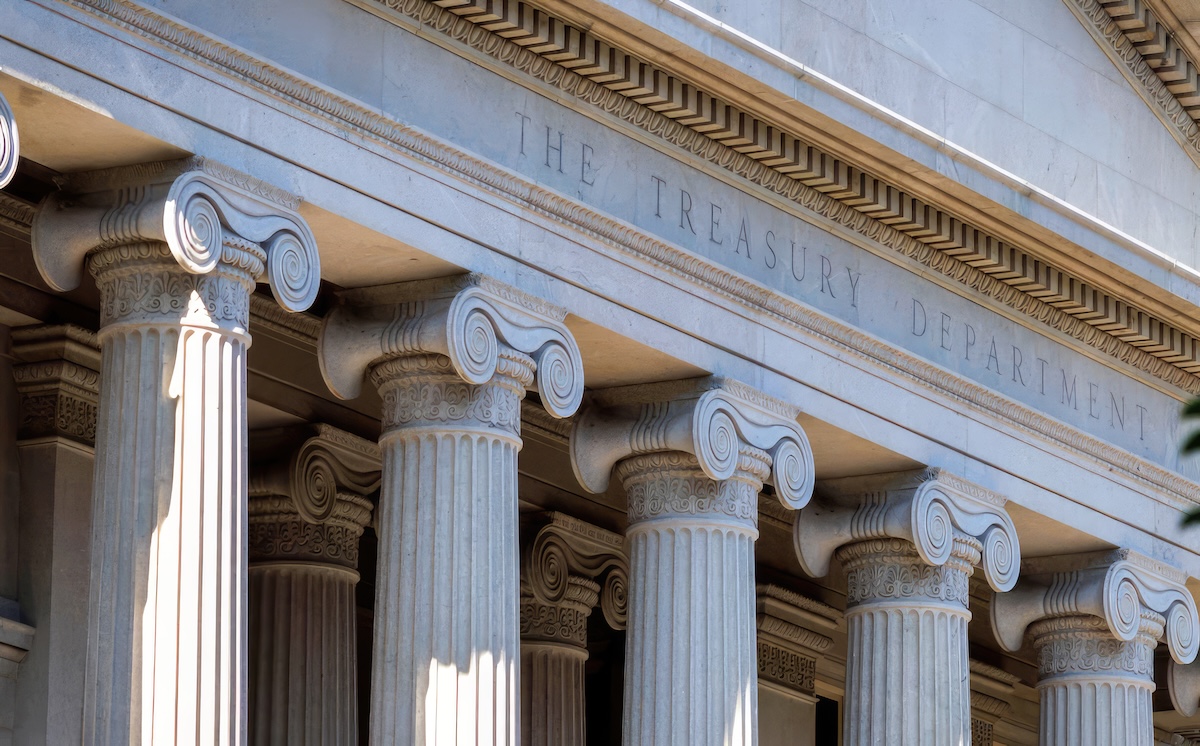
The yield spread between 5-year and 30-year Treasury bonds has widened to its highest level in nearly four years, a warning sign that investors are bracing for higher inflation and economic uncertainty.
According to CNBC data, the spread has reached 1% for the first time since October 2021, when the economy was reeling from a pandemic-driven inflation spike. At the time, the Consumer Price Index (CPI) was at 6.2%
Although the CPI has since declined to 2.3%, bond investors are bracing for a potential rebound as President Trump’s trade policies and deficit spending raise the risk of renewed inflation.
A widening bond spread means “Markets are pricing in stronger growth, higher inflation, and ‘higher for longer’ interest rate policy,” wrote markets commentator The Kobeissi Letter.
BREAKING: For the first time since October 2021, the US 5-Year to 30-Year bond spread has steepened to 1.00%.
undefined The Kobeissi Letter (@KobeissiLetter) May 22, 2025
What does this mean?
Markets are pricing-in stronger growth, higher inflation, and undefinedhigher for longerundefined interest rate policy.
The last time this happened, CPI inflation… pic.twitter.com/f4Dbx0jIhk
While the Fed hasn’t explicitly committed to keeping rates “higher for longer,” officials believe tariffs will contribute to inflation, which is enough to keep policy on hold for now.
Bond markets have been flashing warning signs throughout much of Trump’s second term, with 30-year yields edging above 5% and 5-year yields hovering around 4.1%.
The closely watched 10-year yield, which serves as a benchmark for consumer interest rates, now sits at 4.5%, having climbed more than half a percentage point from its April low.
As Investors Observer reported, the bond market is nearing “capitulation” levels for the Trump administration, which could face challenges implementing its agenda if yields continue to surge.
A “generational repricing of risk”
Under normal circumstances, rising long-term bond yields can signal a stronger economic outlook as investors expect higher growth, which tends to push up long-term interest rates.
The problem is that the economy isn’t in normal times, according to Joe Brusuelas, RSM’s chief economist.
Rising yields also reflect “the need for higher interest rates to compensate for holding long-dated, dollar-denominated assets,” Brusuelas wrote in a note to clients.
“The risks and opportunities associated with holding this type of debt are part of the explanation,” he added, noting that “a structural change is taking place in the market, forcing a broad repricing of risk.”
AJ Bell investment director Russ Mould noted that the “relentless” rise in U.S. bond yields didn’t seem problematic when the Fed Funds rate and benchmark yields were at record lows.
However, it’s becoming a concern now as more than half of publicly held Treasurys are set to mature soon and must be refinanced at significantly higher rates.
“Higher bond yields mean higher interest bills, higher interest bills mean more debt,” he said.
Your email address will not be published. Required fields are markedmarked